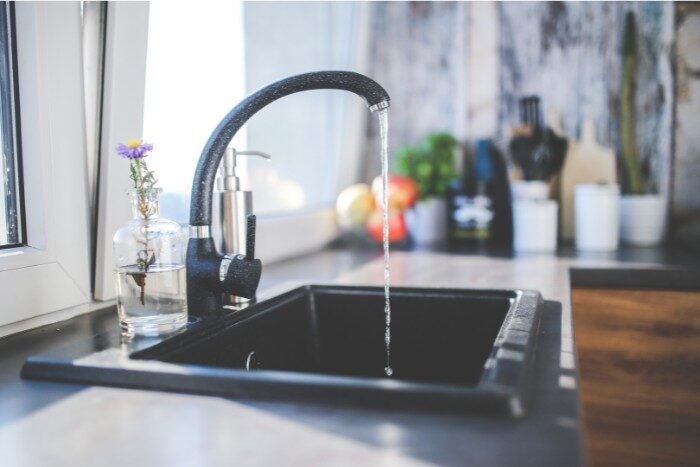
Understanding the distinctions between water softening, filtration, and purification is essential for ensuring optimal water quality in your home. Each process addresses specific water issues, and selecting the right combination can enhance both the safety and comfort of your water supply.
Water Softening: Tackling Hard Water Challenges
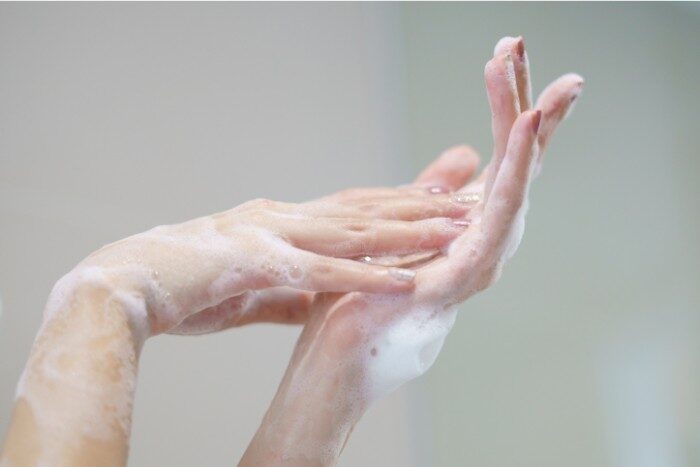
Water softening is a process designed to remove hardness minerals, primarily calcium and magnesium, from your water supply. This is typically achieved through ion exchange, where these minerals are replaced with sodium or potassium ions. The result is “soft water,” which offers several benefits:
- Enhanced Cleaning Efficiency: Soft water allows soaps and detergents to lather more effectively, improving cleaning results.
- Reduced Scale Buildup: By eliminating hardness minerals, soft water prevents scale accumulation in pipes and appliances, extending their lifespan.
- Improved Skin and Hair Health: Soft water is gentler on the skin and hair, reducing dryness and irritation.
It’s important to note that while water softeners address mineral content, they do not remove chemical contaminants or microorganisms. Therefore, for comprehensive water treatment, additional filtration or purification methods may be necessary.
Water Filtration: Removing Unwanted Contaminants
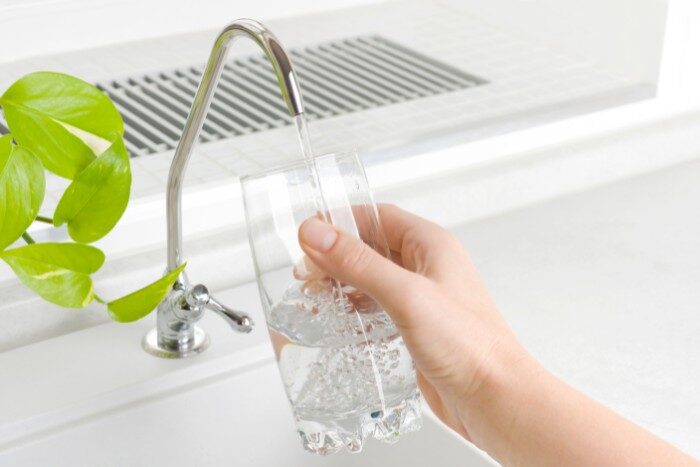
Water filtration focuses on removing various impurities from your water, including chlorine, pesticides, herbicides, volatile organic compounds (VOCs), and unpleasant tastes or odors. Common filtration methods include:
- Activated Carbon Filters: Effective at removing chlorine, VOCs, and improving taste and odor.
- Sediment Filters: Designed to capture and remove particles like sand, silt, and rust.
- Specialized Media Filters: Target specific contaminants, such as heavy metals or nitrates.
Filtration systems can be installed at various points in your home, from under-sink units for drinking water to whole-house systems that treat all incoming water. However, standard filtration does not typically remove dissolved solids or hardness minerals, which is where softening and purification come into play.
Water Purification: Achieving High-Purity Water
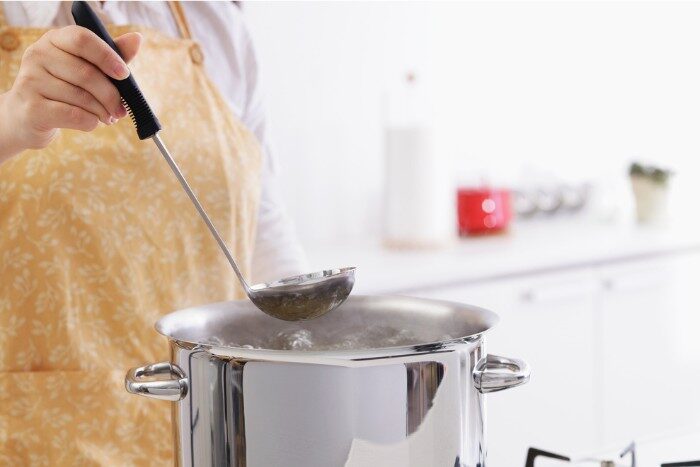
Water purification aims to produce water with a high degree of purity by removing a broad range of contaminants, including dissolved solids, bacteria, viruses, and chemical pollutants. Common purification methods include:
- Reverse Osmosis (RO): Utilizes a semipermeable membrane to remove up to 95-99% of dissolved solids and contaminants.
- Distillation: Involves boiling water and condensing the steam to separate impurities.
- Deionization: Removes ionized salts and minerals through ion exchange resins.
Purified water is often used for drinking and cooking, especially in areas with high levels of total dissolved solids (TDS) or specific contaminants. It’s worth noting that while purified water is free from most impurities, it may also lack beneficial minerals, and its taste can be perceived as flat by some individuals.
Comparing Softened and Purified Water

A common question is: “Is purified water soft water?” The answer lies in understanding their differences:
- Softened Water: Primarily addresses water hardness by removing calcium and magnesium. It may still contain other contaminants and dissolved solids.
- Purified Water: Undergoes processes to remove a wide range of impurities, including hardness minerals, resulting in water that is both soft and highly pure.
Therefore, while all purified water can be considered soft due to the removal of hardness minerals, not all soft water is purified, as it may still contain other contaminants.
Choosing the Right Water Treatment Solution
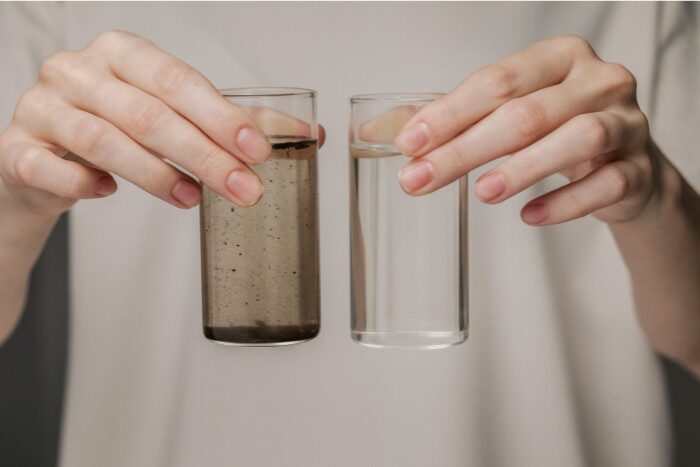
Selecting the appropriate water treatment system depends on your specific water quality concerns:
- For Hard Water Issues: A water softener is ideal to prevent scale buildup and improve cleaning efficiency.
- For Chemical Contaminants: A filtration system, such as activated carbon filters, can effectively remove chlorine and organic compounds.
- For Comprehensive Purity: A reverse osmosis system or other purification methods are recommended to eliminate a broad spectrum of contaminants.
In many cases, a combination of these systems provides the best results, ensuring water that is both soft and free from harmful impurities.

Understanding the distinctions between water softening, filtration, and purification is crucial for addressing your home’s water quality needs. By selecting the appropriate treatment methods, you can ensure safe, clean, and comfortable water for all your household uses.
If you have further questions or need assistance in selecting the right water treatment system for your home, please don’t hesitate to contact Clear Water Concepts today.


